

The first-ever electric tram route to operate in Asia in 1900 was Kolkata's Esplanade to Kidderpore route. It instantly caught the attention of working-class Kolkatans looking for an economical mode of transport. The popularity of this route led to the establishment of the Esplanade to Kalighat line and in turn the Kalighat Tram Depot.
calcuttatramways.com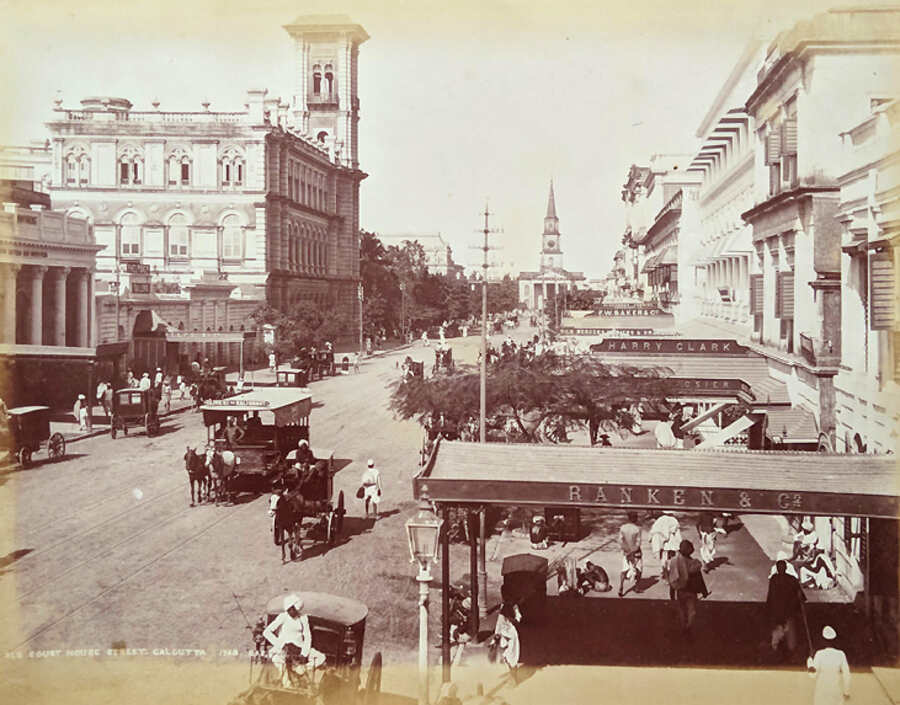
Years earlier, the first ever horse-drawn tram ran between Sealdah and Armenian Ghat Street on Feb 24, 1873. The mission behind the tramcar was to introduce a mode of transport for both passengers, and goods and services. However, it was discontinued by November the same year due to low public demand.
Bourne & Shepherd
Trams have run on Kolkata streets for almost 150 years. After the horse-drawn tram was discontinued, in December 1880, the Calcutta Tramways Company was formed and registered in London and steam trams were introduced soon after. The first electric tram came to the roads of ‘Calcutta’ in 1900 and went on to become one of the most popular modes of transport in the city.
CalcuttaTramUsersAssociation/Facebook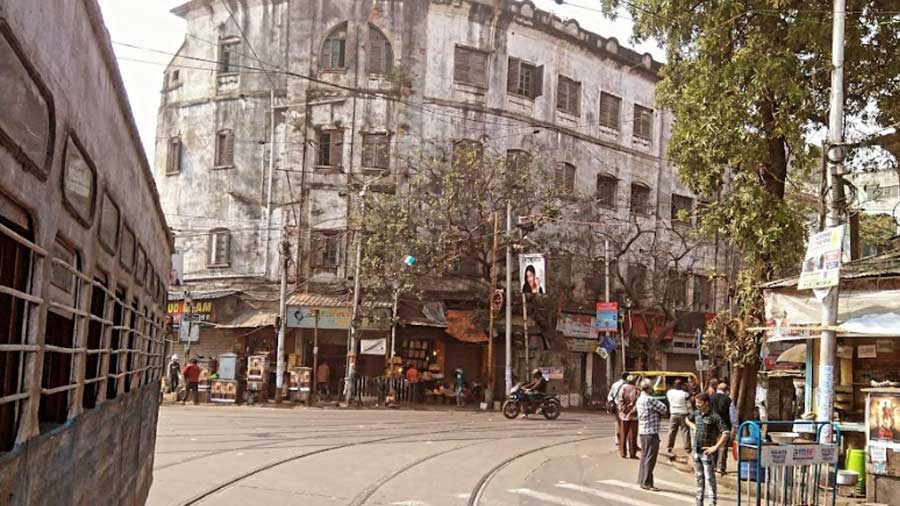
Over the next decade or so, multiple routes were set up connecting the city. Esplanade to Sealdah, Esplanade to Bagbazar, Howrah Station to Bandhaghat, Bowbazar Junction to BBD Bag and Ahiritola Junction to Hatibagan Junction were the most popular routes. At one point a total of 38 routes would run in Kolkata on a daily basis. Today, the city only has seven functional routes.
Lygeia Gomes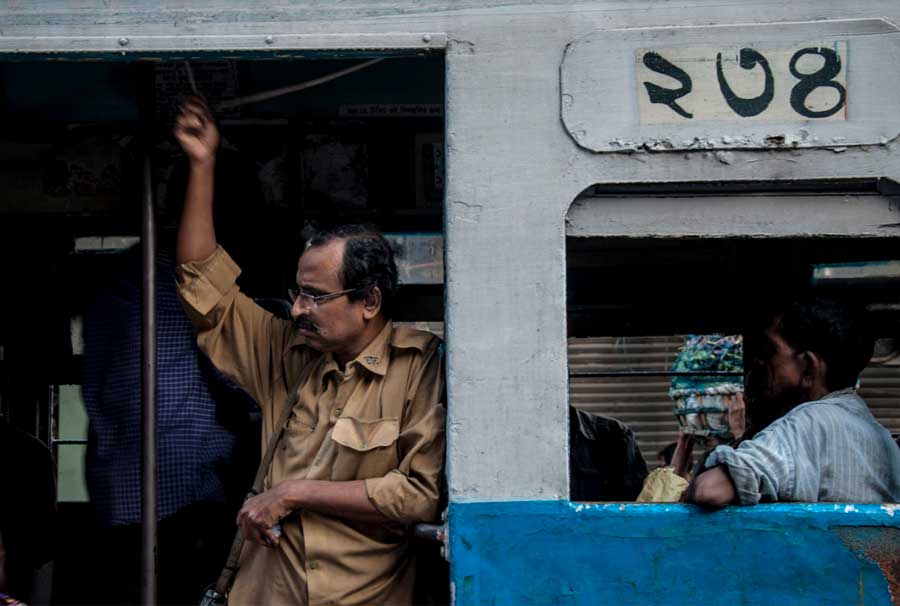
The two-bogie tramcars are manned by two conductors, one in each bogie. In its heyday, the first bogie was the first-class bogie while the other was the second class bogie, with a lower fare than the first. From 2013, the fare is the same in both. Tram conductors were famed for their sleek leather shoulder satchels and the neatly folded notes between their fingers.
Ritagnik Bhattacharya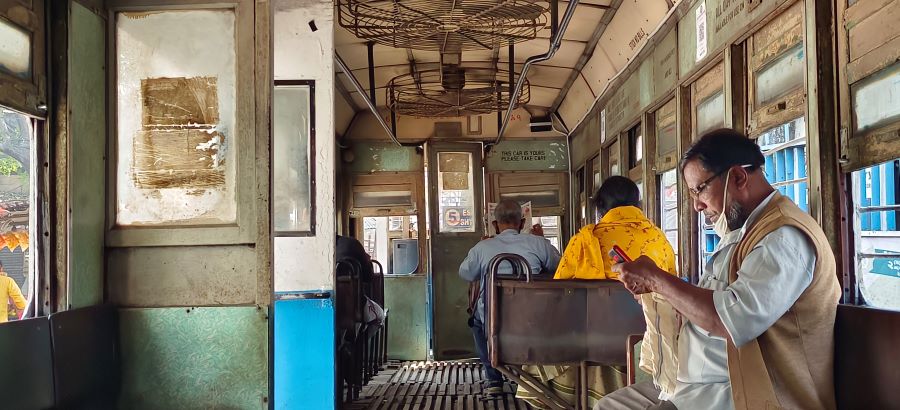
When in a tram, there’s a unique opportunity to leave the affairs of the world behind. A peek outside will unearth the busy city’s bustle but inside there is quiet tranquillity. All tramcars have a patented design — a clanky engine, large circular fans across the ceiling, windows with railings a standard five inches apart, rickety wooden seats and a grumpy conductor pulling on the string to the tram’s antique bell.
Ritagnik Bhattacharya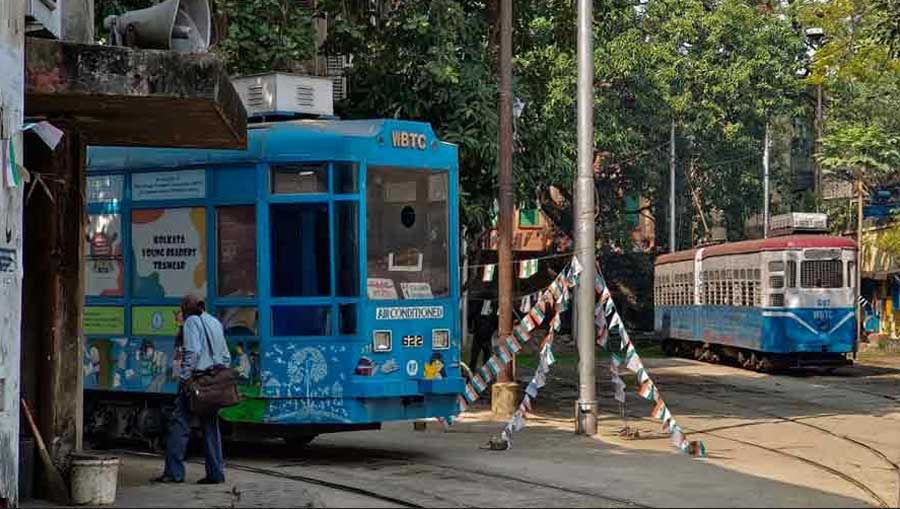
Over the years, trams have evolved. Kolkata now sees trendy rail cars that have been done up with a modern flair but they still retain the old-world charm. In 2013, the first air-conditioned trams were introduced in the city, and some are even equipped with a WiFi connection to appeal to the city’s younger generations.
Ritagnik Bhattacharya
In 2014, the Smaranika Tram Museum was established at the Esplanade Tram Depot, highlighting the tram car as a heritage symbol. It showcases the vast history of trams in Kolkata through a 30-minute exhibition. Visitors can attend the show by buying a ticket for Rs 5 at the depot itself.
calcuttatramways.com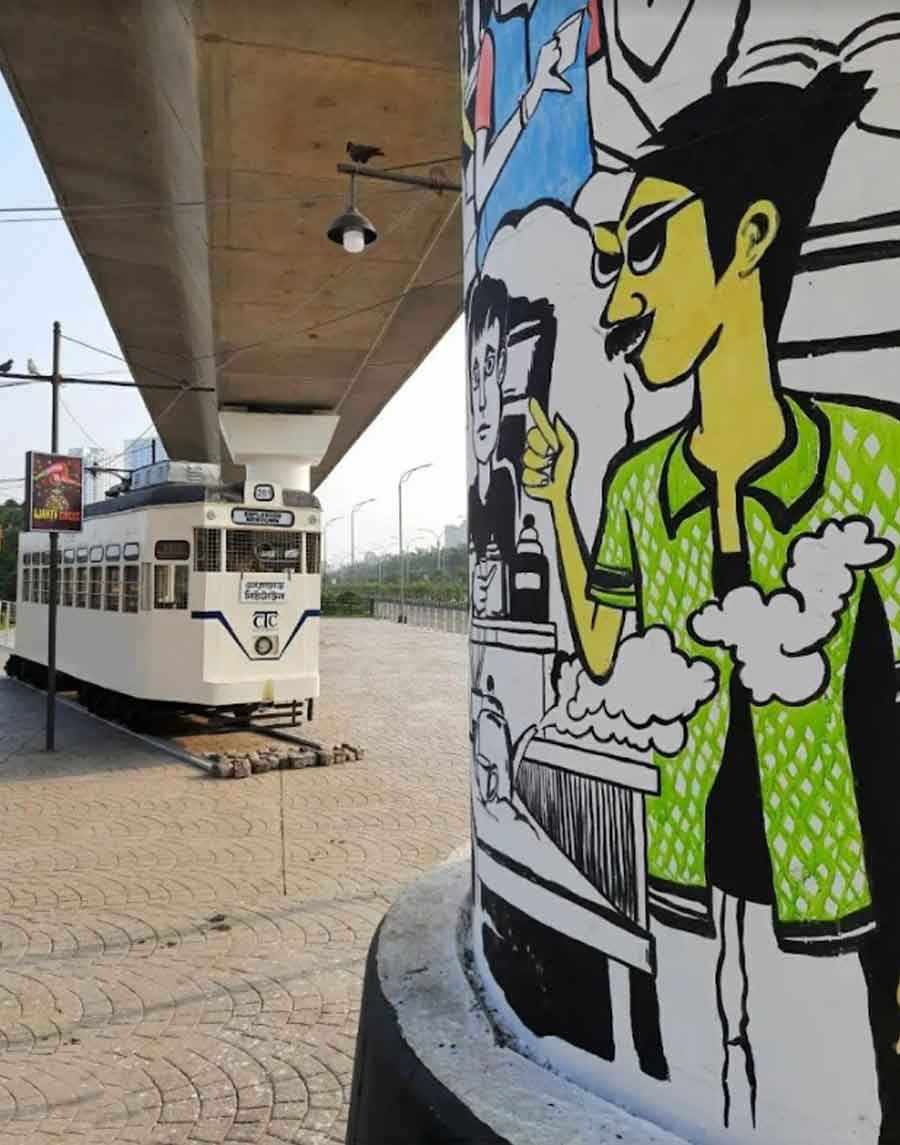
In 2021, a tramcar was converted into a restaurant and set up at New Town, Rajarhat. An outlet of Kolkata Streetfood, it is a 20-seater serving street-food grub. You can choose between chicken stew and rice, 'chole bhature', 'papri' chaat, 'puchkas' and kathi rolls at this tram turned eatery
www.museumsofindia.org